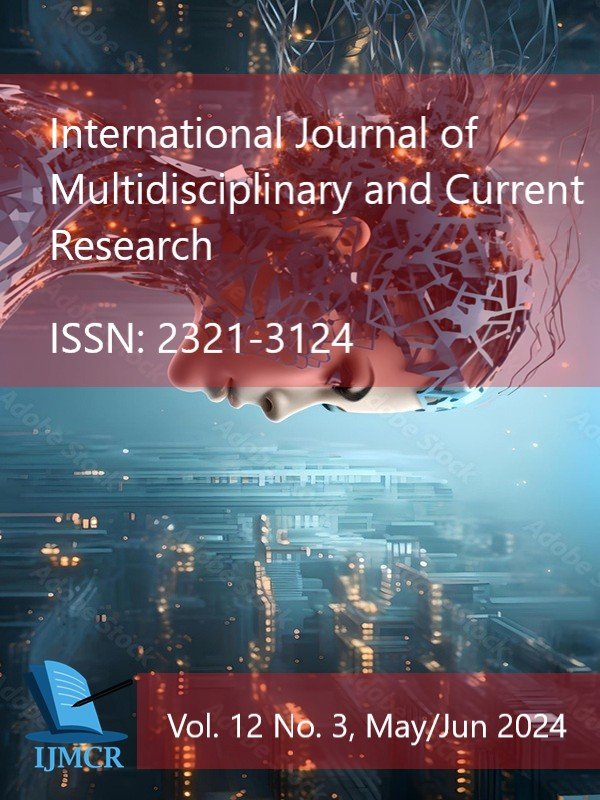Do Nuanced Perspectives of Diversity Management Practices Warrant Inclusivity in Multigenerational Organizations? A Meta-Analytic Review
DOI:
https://doi.org/10.14741/ijmcr/v.12.3.2Keywords:
Diversity Management Practices, Inclusivity, Multigenerational Organizations.Abstract
Over 58% of human resource management practitioners world over report work conflicts among employees stemming from disparities in multigenerational workforces. A plethora of studies reveal that organizations that are incognizant to generational diversity often encounter social cognitive and identity conflicts that polarize the existent multigenerational workforce in the workplace, resulting in decreased organizational performance. The study is anchored on the leader-exchange theory that envisages the quality of leader-member relationship as critical in promoting diverse and inclusive work environments. The study searched for diversity management and inclusivity studies published between 2013-2023 from all organizational and business research indices. Only empirical studies that related diversity management practices and inclusivity to constructive or deleterious outcomes were aggregated for purposes of establishing average effect sizes. We applied the Cohen’s d test and the study pooled an effect size of 0.7 indicating that the difference between the two groups’ means present overarching effects on the study variables. The study reveals that there is insufficiency in evaluating the impact diversity management policies on performance indicators especially in the public sector. Notably many scholars acknowledge the significance of inclusivity, although none of the studies conducted in the public sector have experimentally examined its effects on performance beyond the diversity management confines. To achieve optimal organizational performance, we recommend that leaders harmonize diversity management with inclusivity by empowering employees in critical work processes. We conclude by advancing that leaders must foster an inclusive environment that empowers employees of disparate generational cohorts in order reach their full potential. We recommend future research to focus on empirically testing the operationalized parameters for diversity management and inclusivity contained herein for large-scale organizational contexts for purposes of improving statistical inferences and effect sizes through multiple regression analyses.

